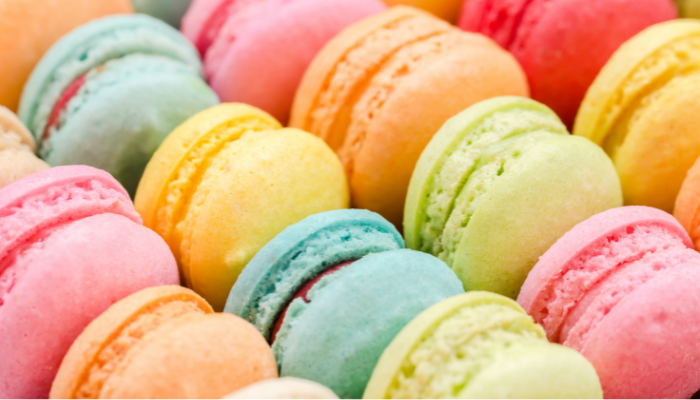Human Nutrition
Exploring Color Trends in Food
The world of food is a vibrant tapestry of flavors, textures, and perhaps most notably, colors. In recent years, there has been a noticeable shift in the way we perceive and incorporate color into our culinary creations. From the rich, earthy tones of turmeric to the bold and vibrant hues of beetroot, color trends in food ingredients are evolving, creating a visual feast for the eyes as well as the taste buds. Let's delve into the fascinating realm of color trends in food and how they are influencing our dining experiences.
1. Natural Vibrancy:
One of the most significant shifts in recent times is the preference for natural, plant-based sources of color over artificial additives. Consumers are increasingly drawn to ingredients like spirulina, matcha, and beetroot powder for their ability to impart vivid colors without the use of synthetic dyes. This trend aligns with a growing awareness of health and wellness, as natural colors are often associated with beneficial compounds and antioxidants.
2. Instagrammable Hues:
In the age of social media, the visual appeal of food has taken on new importance. Vibrant, aesthetically pleasing dishes are not only enjoyed for their taste but also for their photogenic qualities. Ingredients like butterfly pea flower, which imparts a mesmerizing blue hue, and pink pitaya (dragon fruit) have become Instagram sensations, inspiring chefs and home cooks alike to experiment with visually striking creations.
3. Adventurous Explorations:
As global connectivity increases, so does our exposure to a diverse range of culinary traditions. This has led to a willingness to experiment with ingredients that bring unique and unconventional colors to the table. From the golden tones of saffron in Indian cuisine to the deep purples of ube in Filipino desserts, food enthusiasts are embracing a more adventurous approach to color in their cooking.
4. Functional Colors:
Beyond aesthetics, there is a growing interest in the functional properties of colored ingredients. For example, the vibrant orange hue of turmeric is not only visually appealing but also indicative of its anti-inflammatory properties. As consumers seek out foods that offer both visual allure and health benefits, the demand for ingredients with functional colors is on the rise.
5. Sustainability in Shades:
Sustainability is a driving force in various industries, and the food sector is no exception. The push for sustainable practices extends to the colors we use in our food. Ingredients like spirulina, which not only provide a brilliant green color but also boast environmental benefits, are gaining popularity. Consumers are increasingly seeking out products that align with their values, including those that prioritize eco-friendly sourcing and production methods.
The evolving landscape of color trends in food ingredients reflects a dynamic interplay between culinary creativity, health consciousness, and societal values. As we continue to explore and appreciate the diverse spectrum of colors nature has to offer, the food we eat becomes not only a celebration of taste but also a feast for the eyes.

